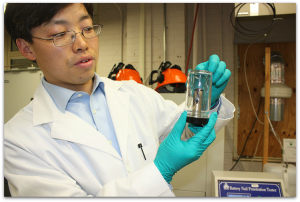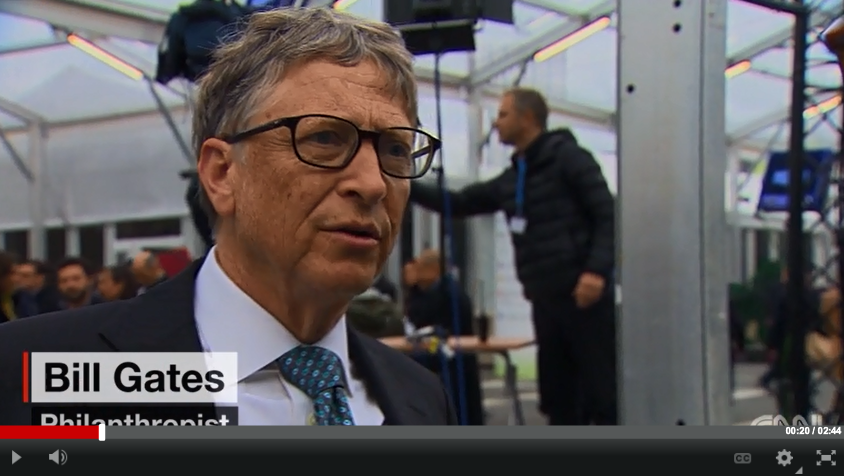The capture and recycling of carbon dioxide in the atmosphere may be the first stop toward a “methanol economy.”
For the first time, researchers have successfully proven that carbon dioxide captured from the environment can be transformed into methanol. This not only removes damaging carbon dioxide emissions, but also produces an exciting alternative fuel. For some, this is an inevitable step toward an economy where fuel and energy storage would be primarily based on methanol.
The study was led by the University of Southern California professors G. K. Surya Prakash and George A. Olah and was published in the Journal of the American Chemical Society.
“Direct CO2 capture and conversion to methanol using molecular hydrogen in the same pot was never achieved before. We have now done it!” Prakash says.
Methanol is especially attractive because of its use as an alternative fuel in fuel cells and for hydrogen storage. Some believe that methanol is the future, with 70 million tons already being produced annually via the production of plastics.
This from Phys.org:
In the new study, the researchers developed a stable catalyst based on the metal ruthenium that does not decompose at high temperatures. The catalyst’s good stability allows it to be reused over and over again for the continuous production of methanol.




